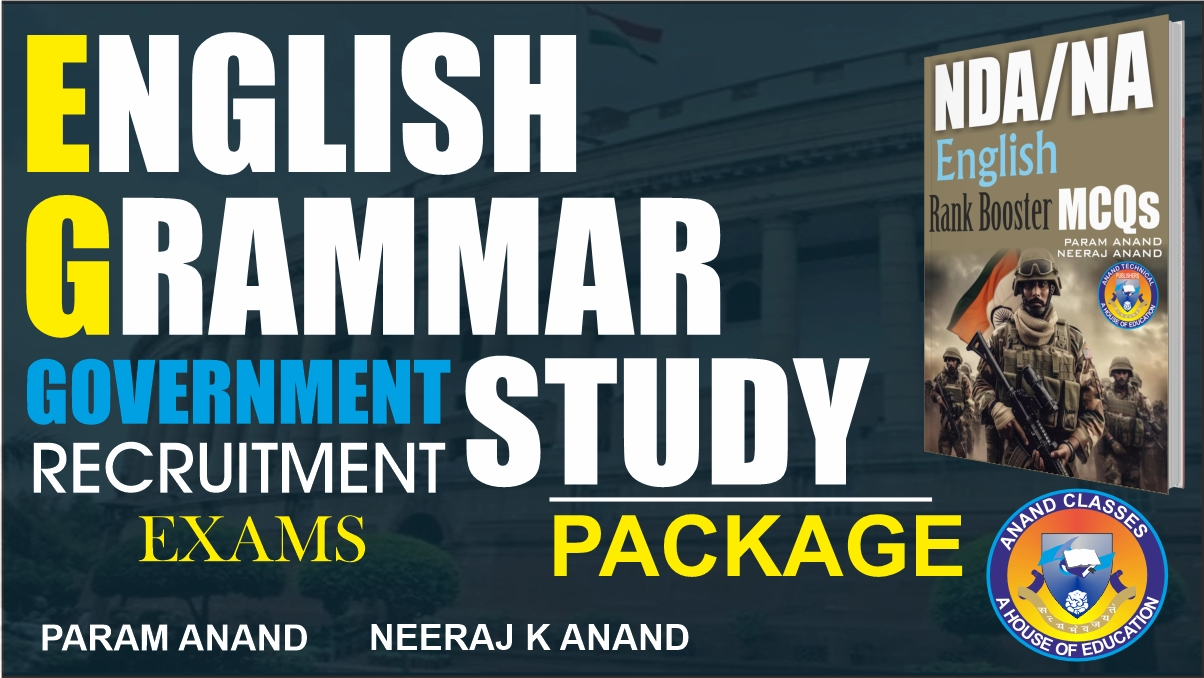Introduction to The Union and Its Territory
Part 1 of the Constitution of India comprises four articles concerning the territory of India. According to Article 1, India, or Bharat, is a Union of States. The term ‘Union of India’ refers to the federal states, whereas ‘territory of India’ includes all areas under Indian sovereignty.
Understanding the Articles 1-4 of the Indian Constitution is essential for competitive exams like NDA, CDS, UPSC, AFCAT, RRB, IBPS-PO, SSC, KVS, and CLAT. These Articles provide a structural framework for governance and administration in India
Key Provisions
- Reorganization of States: The Union Parliament has the power to reorganize states by a simple procedure.
- Originally Four Categories of States: These were abolished with the Seventh Amendment Act, 1956.
- Special Provisions: Scheduled and Tribal Areas are governed under the Fifth and Sixth Schedules.
- Union Territories: Centrally administered through Part VII of the Constitution.
- Governance: Union Territories are managed by an Administrator appointed by the President.
List of Indian States and Union Territories
Here is the complete list of Indian States and Union Territories with their capitals :
States (28) and Their Capitals
| State | Capital |
|---|---|
| Andhra Pradesh | Amaravati |
| Arunachal Pradesh | Itanagar |
| Assam | Dispur |
| Bihar | Patna |
| Chhattisgarh | Raipur |
| Goa | Panaji |
| Gujarat | Gandhinagar |
| Haryana | Chandigarh |
| Himachal Pradesh | Shimla |
| Jharkhand | Ranchi |
| Karnataka | Bengaluru |
| Kerala | Thiruvananthapuram |
| Madhya Pradesh | Bhopal |
| Maharashtra | Mumbai |
| Manipur | Imphal |
| Meghalaya | Shillong |
| Mizoram | Aizawl |
| Nagaland | Kohima |
| Odisha | Bhubaneswar |
| Punjab | Chandigarh |
| Rajasthan | Jaipur |
| Sikkim | Gangtok |
| Tamil Nadu | Chennai |
| Telangana | Hyderabad |
| Tripura | Agartala |
| Uttar Pradesh | Lucknow |
| Uttarakhand | Dehradun |
| West Bengal | Kolkata |
Union Territories (8) and Their Capitals
| Union Territory | Capital |
|---|---|
| Andaman & Nicobar Islands | Port Blair |
| Chandigarh | Chandigarh |
| Dadra and Nagar Haveli & Daman and Diu | Daman |
| Delhi (NCT) | New Delhi |
| Lakshadweep | Kavaratti |
| Puducherry | Puducherry |
| Jammu and Kashmir | Srinagar (Summer), Jammu (Winter) |
| Ladakh | Leh |
History
- Before the abolition of Article 370, Jammu and Kashmir was a state.
- After the abolition of Article 370, Jammu and Kashmir was divided into two union territories: Jammu and Kashmir and Ladakh.
- In January 2020, the union territories Dadra & Nagar Haveli and Daman & Diu were merged into one union territory.
Frequently Asked Questions (FAQs)
Q1: What is the difference between ‘Union of India’ and ‘Territory of India’?
A: The ‘Union of India’ consists only of states that share power with the central government, while the ‘Territory of India’ includes all areas over which India has sovereignty, including Union Territories.
Q2: How many states and Union Territories does India currently have?
A: As of now, India has 28 states and 8 Union Territories.
Q3: How are Union Territories governed?
A: Union Territories are administered by the President of India through an appointed administrator.
Q4: What is the significance of the Seventh Amendment Act, 1956?
A: It abolished the four categories of states and established a uniform classification for all states, except Jammu & Kashmir.
MCQs with Answers
Q1: Which Article of the Indian Constitution states that India is a Union of States?
A) Article 1
B) Article 2
C) Article 3
D) Article 4
Answer: A) Article 1
Explanation: Article 1 of the Indian Constitution states that India, or Bharat, shall be a Union of States.
Q2: Which schedule of the Indian Constitution deals with Scheduled and Tribal Areas?
A) First Schedule
B) Fifth and Sixth Schedules
C) Seventh Schedule
D) Ninth Schedule
Answer: B) Fifth and Sixth Schedules
Explanation: These schedules contain provisions related to the administration of Scheduled and Tribal Areas.
Q3: How are Union Territories administered?
A) By the Governor of the respective UT
B) By the Chief Minister of the UT
C) By the President through an Administrator
D) By the Prime Minister directly
Answer: C) By the President through an Administrator
Explanation: Union Territories are governed by administrators appointed by the President of India.
Q4: How many categories of states existed in the original Constitution of India?
A) Two
B) Three
C) Four
D) Five
Answer: C) Four
Explanation: The original Constitution classified states into four categories, which were later abolished by the Seventh Amendment Act, 1956.
Published by: Anand Technical Publishers
Proprietor: NIRMAL ANAND Educations
Author: Neeraj Anand
Under: Anand Classes
Contact: +919463138669
Email: anandclasses1996@gmail.com
Buy Complete Study Material: Click Here
For detailed study material, visit Anand Technical Publishers or contact +91-9463138669.




